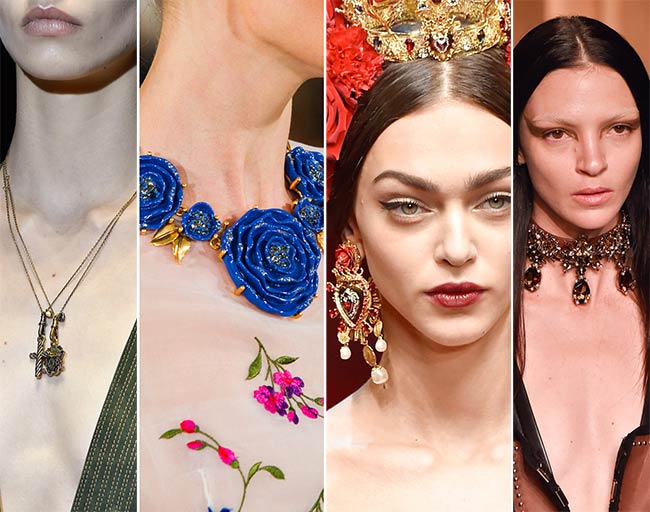
Take two pairs of sunglasses that look completely identical except for the brand name printed on the frames. Offer those sunglasses to consumers and see which ones are preferred most often. Chances are the more recognized brand will prevail. It is all about psychology.
The fashion world has known about psychology and its effect on consumer choices for decades. But a new line of sunglasses out of California take psychology to the next level. The glasses feature lenses in four colors – extremely bright colors – that can allegedly alter your mood in a positive way.
Do they work? The German company that makes the lenses says yes. So does the California company that uses the German lenses to make their sunglasses. The question is whether or not science backs them up.
The Psychology of Color
Utah-based Olympic Eyewear explains that designers have been working with different colors ever since sunglasses first became a commercial product back in the 1930s and 40s. But color has largely been a fashion choice. If it is now about altering the mood, sunglasses have jumped to a new level.
Numerous studies over the years have looked at the relationship between color and mood. One particular study from the 1970s went so far as to assign certain emotions to specific colors. For example:
- Red – passion and aggression
- Blue – tranquility, loyalty, stability
- Yellow – happiness and optimism
- Green – hope and healing.
Another study published in 2015 determined that, while colors can affect mood, individual results are inconsistent. The psychology of color appears to correlate directly with personal perception. In other words, some people perceive certain colors negatively while others perceive them positively.
The study also demonstrated that people change their opinions of color over time. Just because someone found green peaceful and soothing as a young adult does not mean he or she will have the same experience in middle-age. And that brings us back to the validity of mood-altering sunglasses.
Your Results May Vary
The California company behind the mood-altering sunglasses say that green lenses are for encouraging relaxation. Red supposedly boosts your energy, yellow improves your focus, and blue refreshes the mind. Their claims do not quite match the previously mentioned 1970s study, but that’s neither here nor there.
GQ editor Yang-Yi Goh tested three of the four pairs to see for himself if they work. He says that each pair did elicit some sort of emotional response. However, he couldn’t quite put his finger on what that response was. It would seem that his experience was just the natural result of trying something new.
Your results may vary should you decide to try the sunglasses for yourself. If past studies are to be believed, your perceptions might be quite different from Goh’s. Other members of your family could try the glasses and have still different reactions. There is no way to know without trying.
Your Mood is Not the Point
You might be interested to know that the mood-altering sunglasses offer more than adequate eye protection. They are UV rated and polarized like any good pair of sunglasses. They also feature scratch- and water-resistant lenses. They are worth buying as eye protection even if you do not want to alter your mood.
Having said that, it appears as though your mood is not really the point here. The sunglasses’ mood-altering capabilities are simply a selling point to get you to buy. That’s not a bad thing in and of itself. In fact, that’s how marketing works; the psychology of marketing is what sells these sunglasses. It is what sells any pair of sunglasses.



